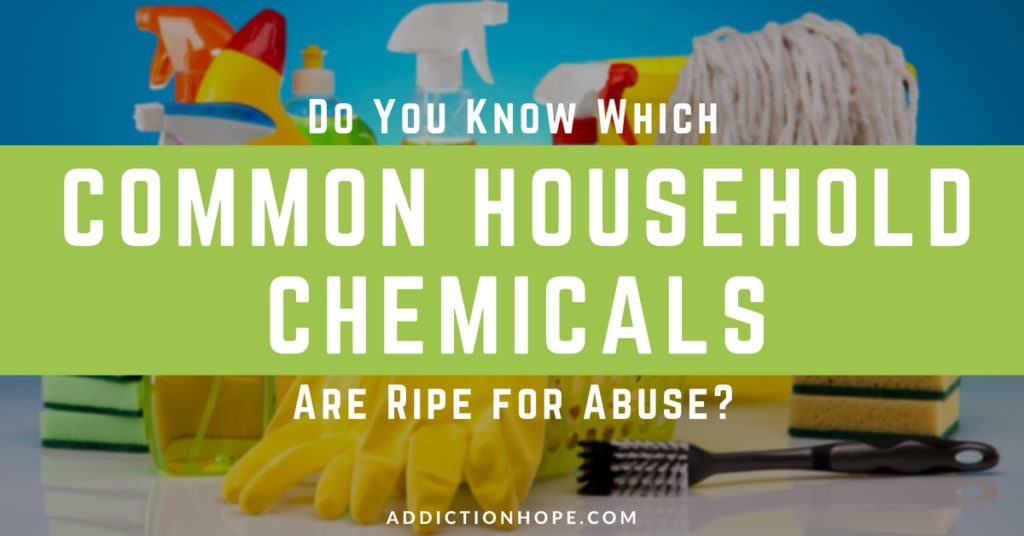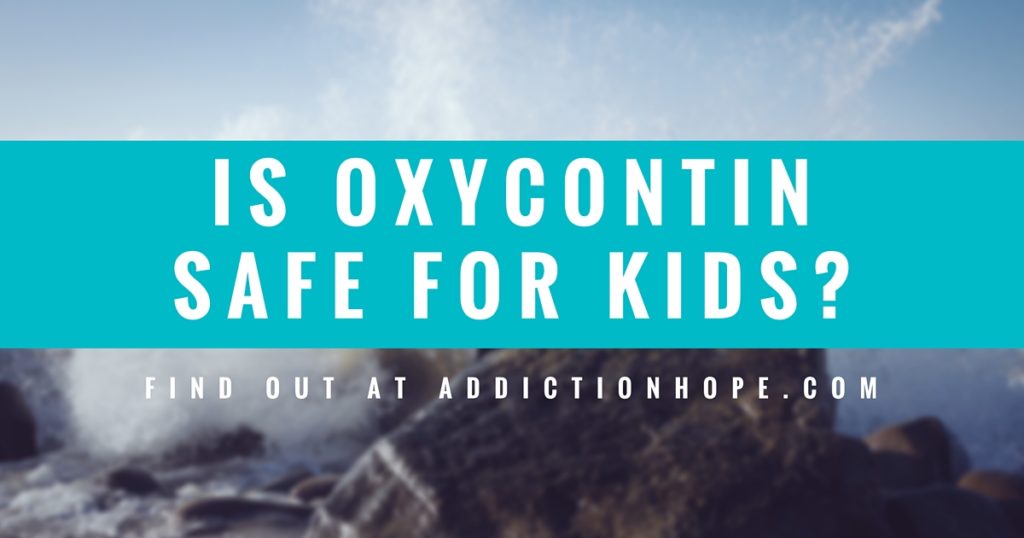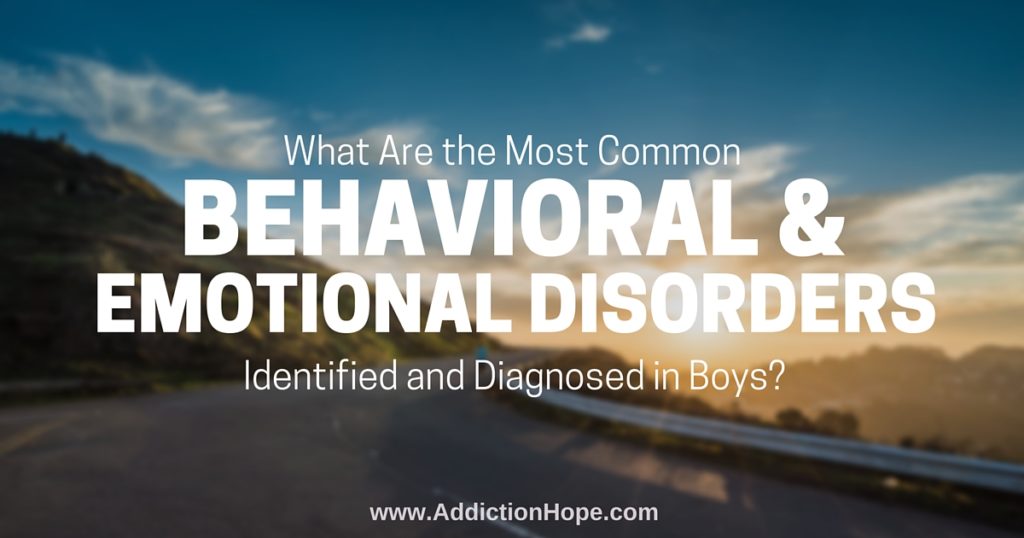What Are The Effects Of Huffing On The Brain And Body?
 Though most people are aware of the hazards of drug use and addiction, many are unaware of legal intoxicants in their own home that can also lead to addiction. Unfortunately, teens and even pre-teens are using household chemicals to get high, often with tragic results. Called inhalants, these chemicals can result in deadly reactions. Types [...]
Though most people are aware of the hazards of drug use and addiction, many are unaware of legal intoxicants in their own home that can also lead to addiction. Unfortunately, teens and even pre-teens are using household chemicals to get high, often with tragic results. Called inhalants, these chemicals can result in deadly reactions. Types [...]Read More




